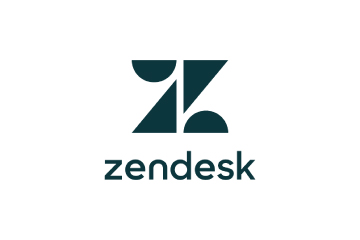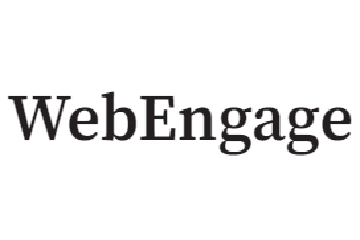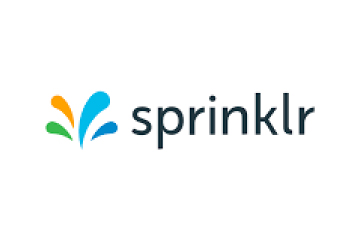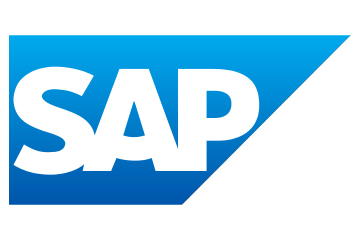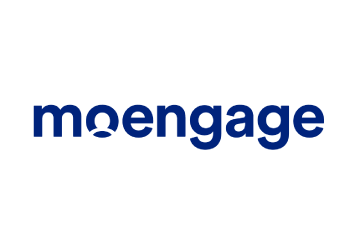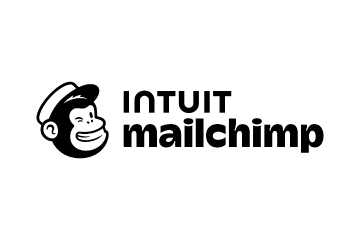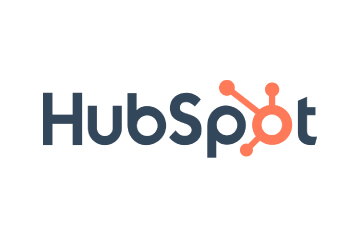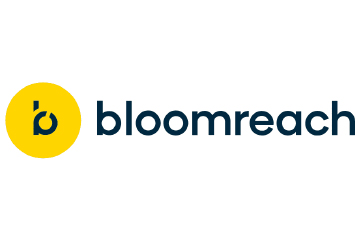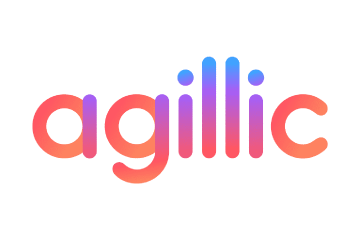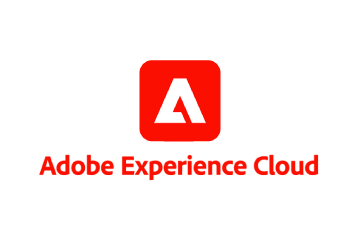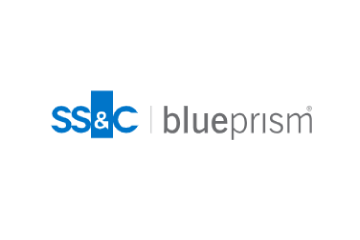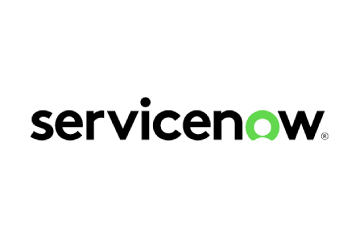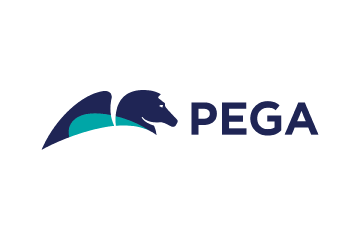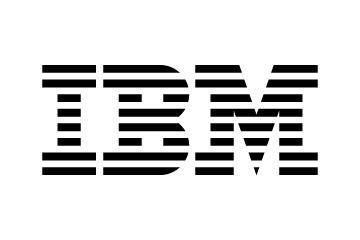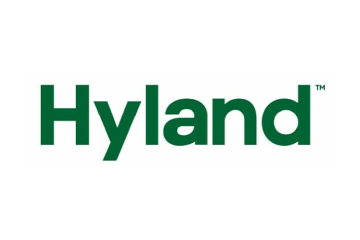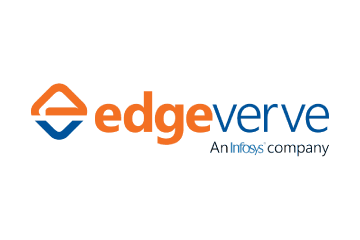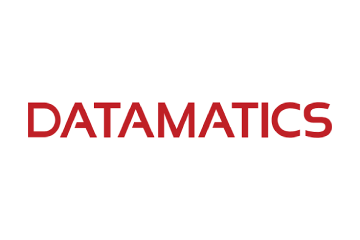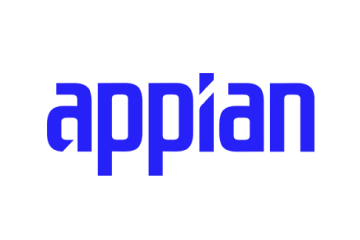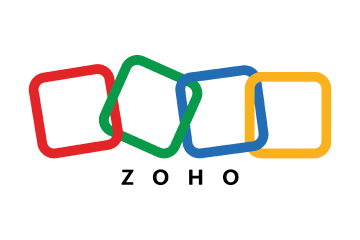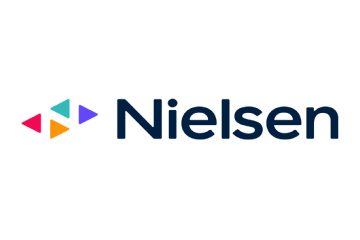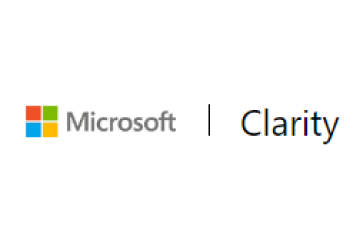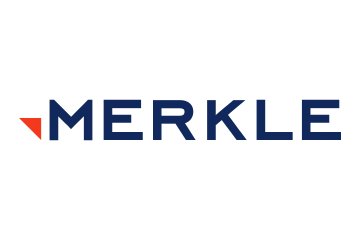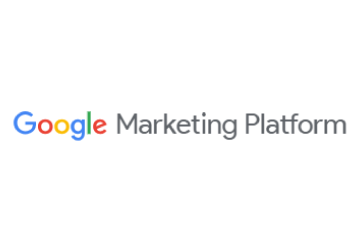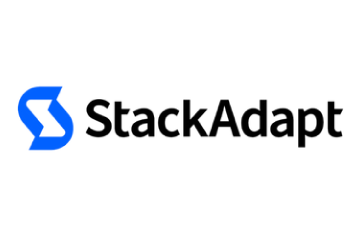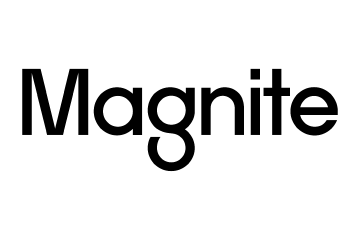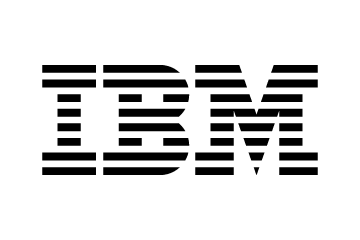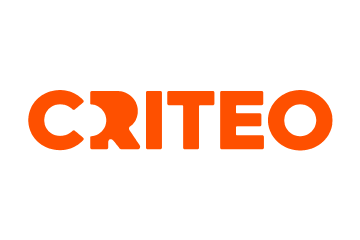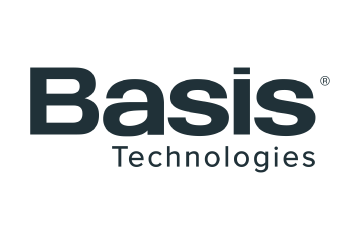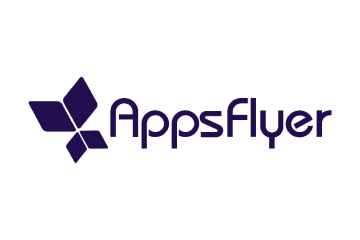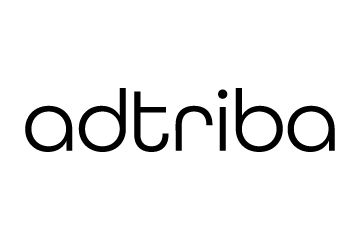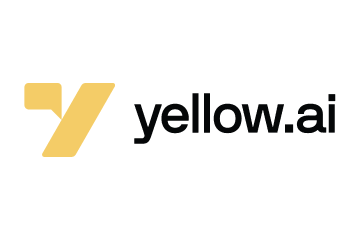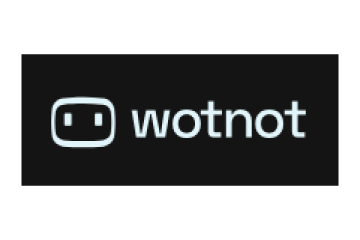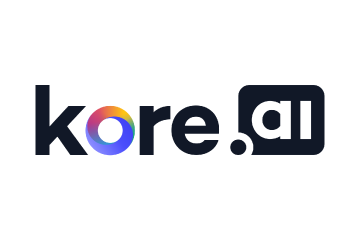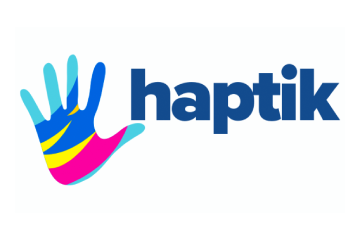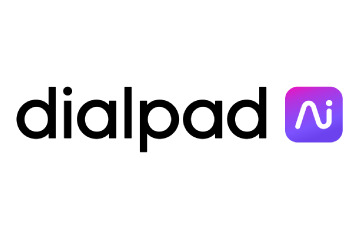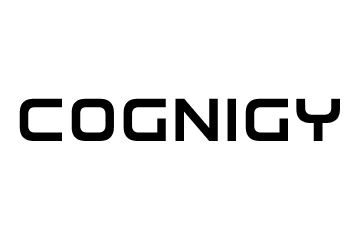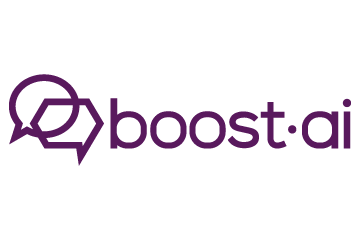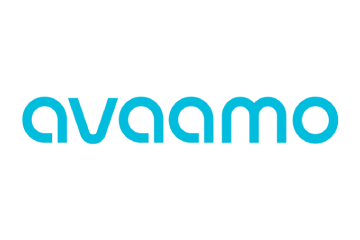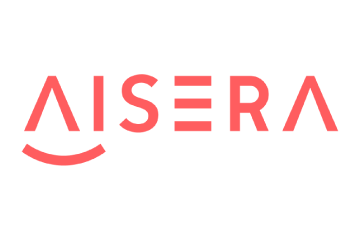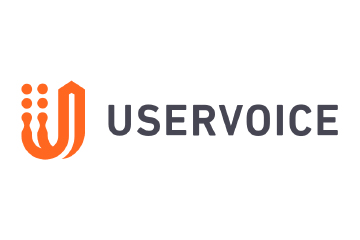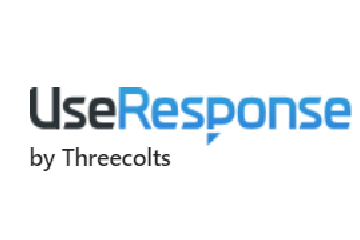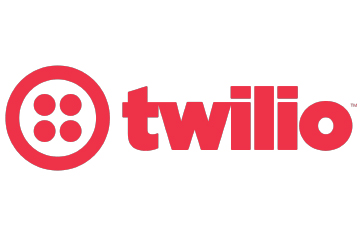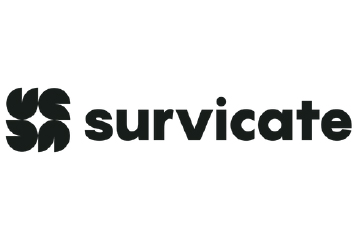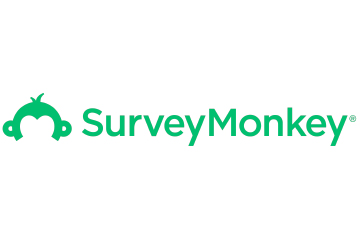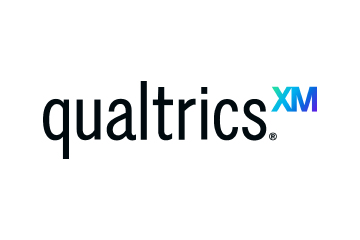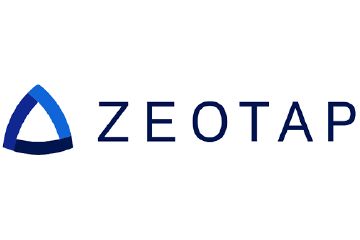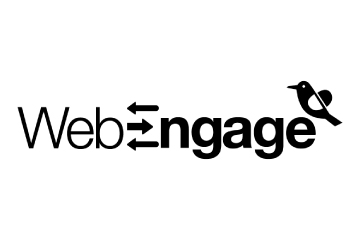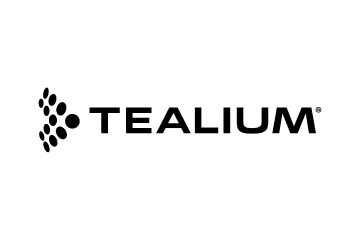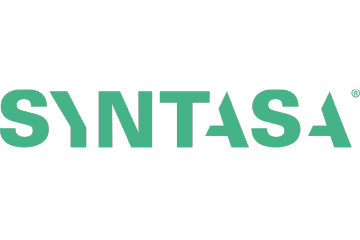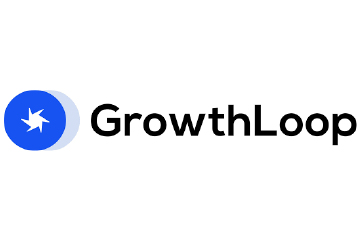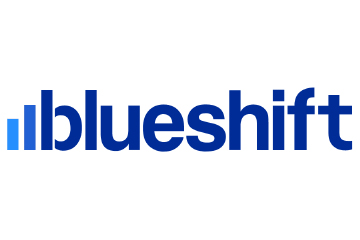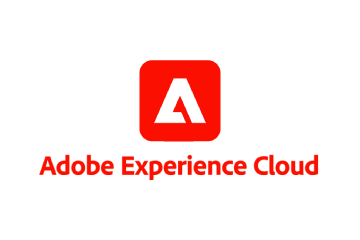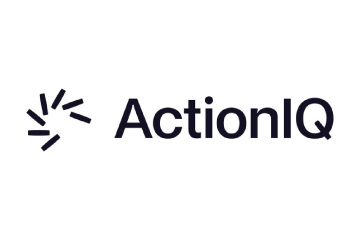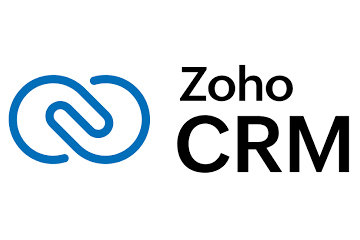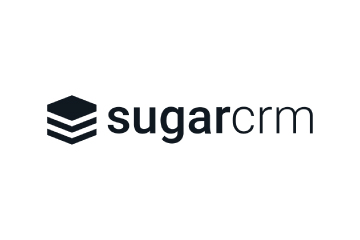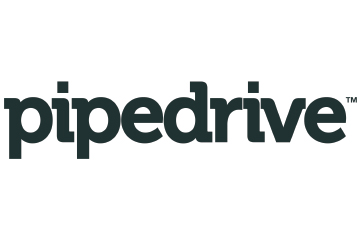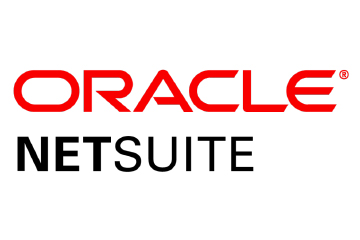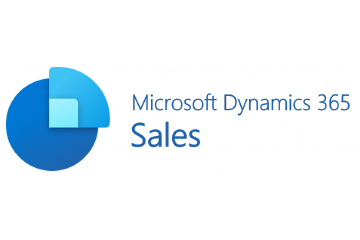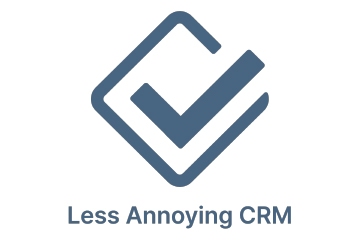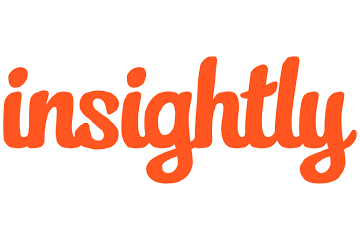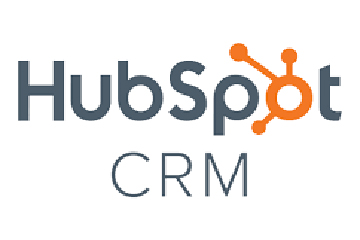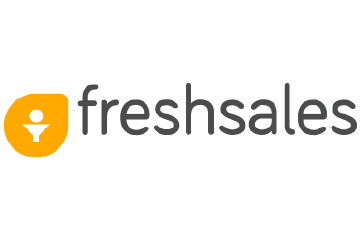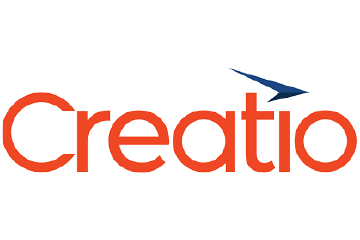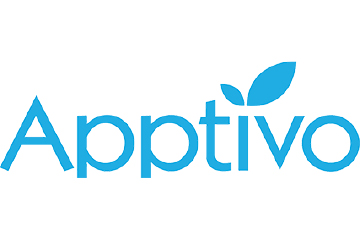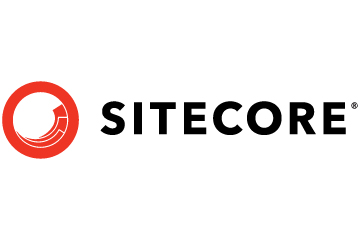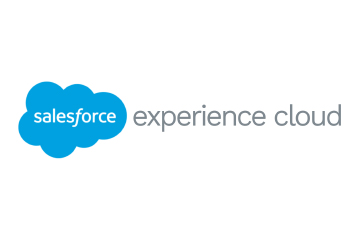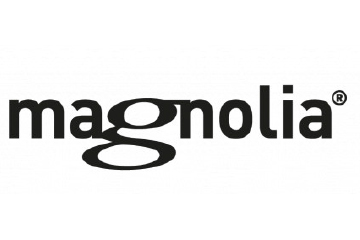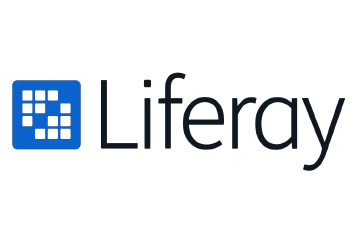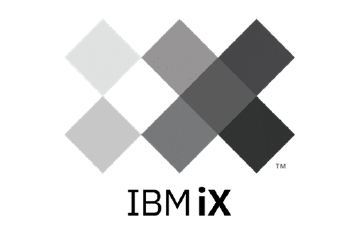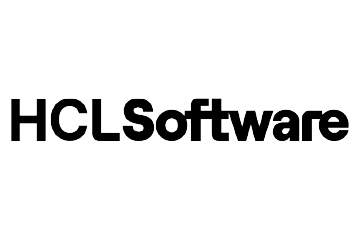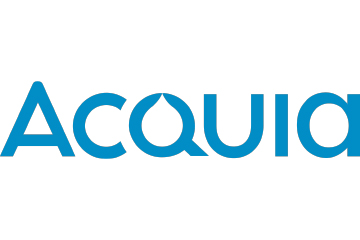Top 4 Social Media Campaigns In the Middle East
Social media platforms like Facebook, Instagram, Snapchat, and Twitter find Middle East to be a perfect market due to the high smartphone penetration. As per a report by Crowd Analyzer, Saudi Arabia had the highest number of Instagram (12 million), Twitter (11 million), and Snapchat (14 million) active users in the Middle East in 2018.
What to Read Next
- Untapped Growth Partners with FreeWheel to Expand Premium CTV Access
- Pattern Announces Acquisition of ROI Hunter
- MNTN Integrates with Northbeam to Improve CTV Performance Measurement
- Guideline Launches Customizable AI Agent Dashboards
- Gradial Raises $35M to Expand Enterprise Marketing Through AI Agents

Consumers in the Middle East & North Africa (MENA) region are some of the most active social media users in the world. Facebook itself has more than 180 million users Conversations about brands, businesses, and services flourish on social media platforms, and that has inspired marketers to come up with some brilliant social media campaigns.
When it comes to social media presence, automotive tops the list of most talked about sector across all social media platforms in 2018, followed by the telecommunications, and the media, with the Fintech sector coming in with five million interactions.
Despite the different languages, cultural sensitivities, and nationalities, brands in the Middle East have managed to appeal to the masses with campaigns that were not only emotional but also as they became viral. Steady user growth on all platforms, especially amongst Millennials and Gen Z, has also led to more engagement for brands.
What drives users to interact with a brand proposition? How are brands able to pull high-traction campaign after campaign? Take a look at some of the successful social media campaigns of 2017 and 2019.
Inspiring Gen Z
Gen Z is probably the toughest generation to attract since their life revolves around technology, gaming, and artificial intelligence. So how did a bank manage to grab their attention towards an ‘easy’ banking account service, while getting 2.016 million views, and 1.7K comments on their social media campaign?
Also Read: 6 Reasons Why Brands Must Invest in Social Media Advertising
Here’s how Egypt’s Commercial International Bank decided to change its approach to talk about banking, especially since they were planning to target the relatively untouched Gen Z. Let’s face it, banking is a boring topic, and to make a gamer or an Instagram influencer interested in it was a challenge. So the bank decided to take the help of a pop-culture trend – ‘dabbing’. They created three different ads that showcased three typical Gen Z personality types. These ads were released strategically just before New Year’s Eve, touching upon the sentiment of doing something different with their life in the New Year. The result? Almost all of the engagement through social comments saw students and young adults asking how to open a bank account and what other services the bank could offer them.
Emotions with a Touch of Reality
Over the top emotions and exaggerations do work at times, but when a brand can deliver a heartfelt message with a touch of reality, then the connection with the users is genuine. An example of this is Babyshop’s campaign during Mother’s Day in March 2019 The primary focus was on the fact that ‘mothers’ keep families together, and this was delivered in a heart-touching video creating awareness about breast cancer.
The video was beautifully worded and ended with a hard-hitting message – ‘there can be no mother’s day without a mother’. The ad stood out from all the happy and sweet mother’s day posts and was noticed by many. Not only online, but offline too, Babyshop continued its campaign, partnering with Aster Medical Centers and Uber to provide complimentary screenings and rides to women on Mother’s Day. Taking the campaign further, the brand also put up messages in their hangers and aisles to ask women to get checked, while converting their fitting rooms into screening rooms for them.
Technology and Social Media
We all love technology. Especially when we get to experience it while shopping for our favourite brand. To celebrate the spirit of UAE’s 47th National Day, KFC brought Augmented Reality to their fried chicken buckets. Patrons who bought the family bucket of fried chicken were able to scan a special QR code that led to a landing page where they could see a special animated message on Facebook celebrating the UAE National day.
Using Bloggers and Influencers
Local research by the BPG Cohn & Wolfe Influencers Survey, in association with YouGov, revealed that the use of influencers to drive consumer brand awareness had reached a record high in the United Arab Emirates, especially among marketers who were targeting Millennials. The survey found that marketers were willing to spend anywhere between USD 1000-10,000 per social media influencer campaign, while some of them were even willing to spend up to USD 50,000 on a single social media influencer campaign.
Also Read: How to Move Social Traffic to Sales Funnel: A 6-Step Guide
World Food Programme (WFP) wanted to create awareness about the hunger situation across the Middle East. Due to ongoing conflicts, WFP delivers food and cash assistance to millions of people in Yemen, Syria and Iraq. The organisation also helps Syrian refugees in neighbouring countries rebuild their lives. WFP decided to engage well-known regional food bloggers and influencers and their audiences. Through the campaign #FoodForThought, these influencers helped raise awareness around the subject through thought-provoking calligraphy art and powerful messages made on empty plates. It sparked conversation on social media as well as offline, about one of the world’s biggest problem — hunger.
Getting it Right
The constant barrage of social media campaigns can get a bit overwhelming for consumers, making it all the more difficult for companies to get noticed by their target audience. That is why innovative and creative marketing tactics are required to stand out.
Few sure-shot techniques, as seen here – creating a meaningful experience, keeping stories real by using genuine experiences, like adventure or even DIY projects, and weaving in just the right amount of technology, seem to hold the attention of target audiences. When brands market the results, the emotions, the purpose of a product, and make reaching customers emotionally the intent of their strategy, then it’s possible to get it right almost every time.






